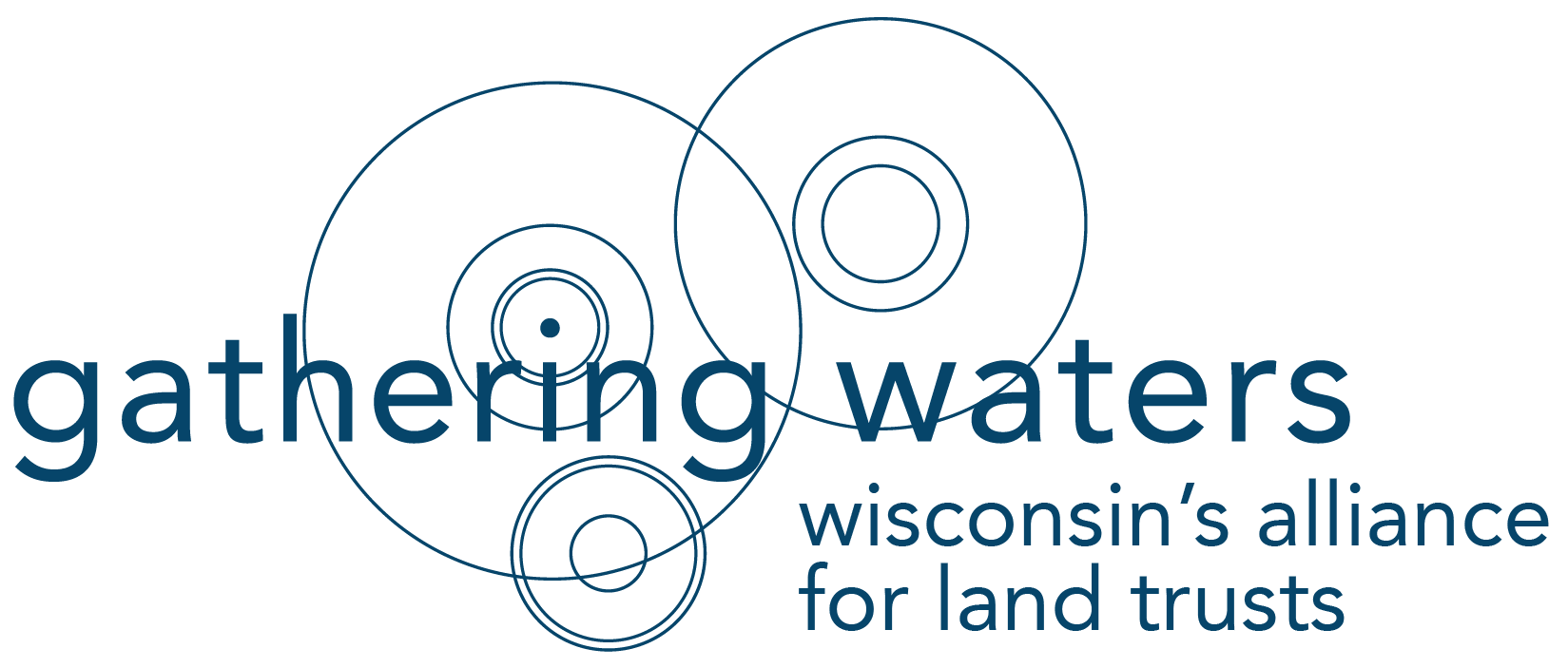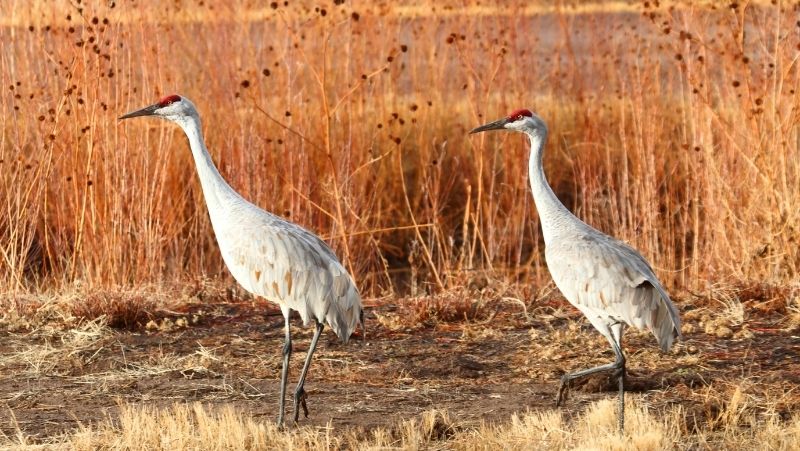Gathering Waters hosted a Nonference, a virtual Wisconsin land trust conference, which opened with a series of weekly sessions on best practices in bird conservation for Wisconsin land trusts. This series was made possible by a grant from the Cornell Lab of Ornithology’s Land Trust Grant Program.
At the first bird conservation session of the Nonference, participants from land trusts and conservation organizations across the state excitedly shared their favorite bird sightings. As many session presenters agreed, everyone has a story about birds. Harnessing this passion for birds is a incredible opportunity to create conservation benefits that ripple out to other species and landscapes. Subsequent sessions featured tools like eBird and exploring regionally relevant funding and landscape-scale partnership opportunities for land trusts.
Since 2013, Cornell’s Land Trust Bird Conservation Initiative, which was created in partnership with the Land Trust Alliance to help protect birds on private lands, has helped land trusts better understand how to prioritize important bird habitat, and provided tools and resources to improve bird conservation.
“Land trusts across the United States make critical contributions to conserving birds,” said Erin Heskitt of the Land Trust Alliance, in a 2014 press release by the Cornell Lab. “And, in return, birds benefit land trusts by helping them grow support and increase their capacity to conserve land.”
Several Wisconsin land trusts have received Cornell grants to advance their conservation goals. Mississippi Valley Conservancy (MVC), along with multiple partners, was awarded a $20,000 grant in 2019 to assist their Kickapoo Bird Habitat Initiative. As noted on the Cornell Lab’s website, MVC and their partners are undertaking “a three-pronged approach of habitat management, data collection, and public education and outreach within the Kickapoo Valley – Wildcat Mountain Important Bird Area.”
This campaign is focusing on everything from prioritizing habitat through GIS to demonstrating best management techniques for habitat to connecting landowners to cost-sharing programs, building a foundation for strong stewardship across Important Bird Areas (IBA).
IBAs are a great tool for highlighting unique landscapes and inviting landowners to see themselves as stewards of valuable habitat. Driftless Area Land Conservancy (DALC) also received a grant in 2019 to improve their work with landowners in two Grassland Bird Conservation Areas. By collecting data about “landowner values, motivations, and barriers to conservation,” DALC is building capacity with their partners in the Southern Driftless Grasslands to create better outcomes for birds in landscapes heavily impacted by agriculture.


